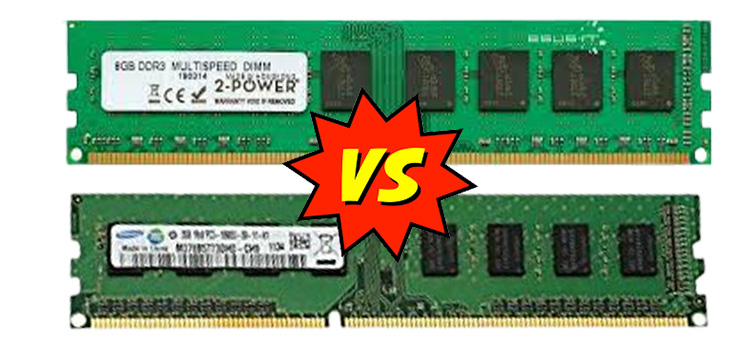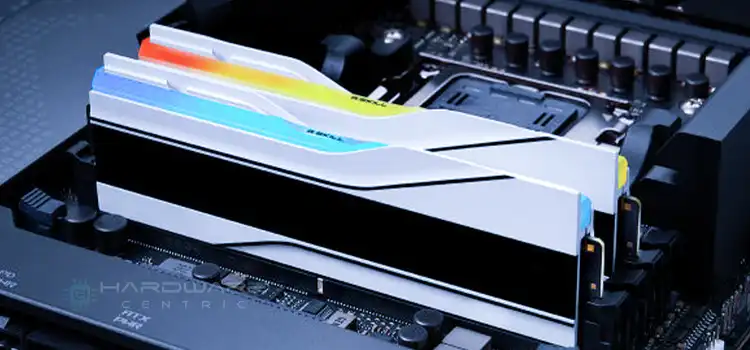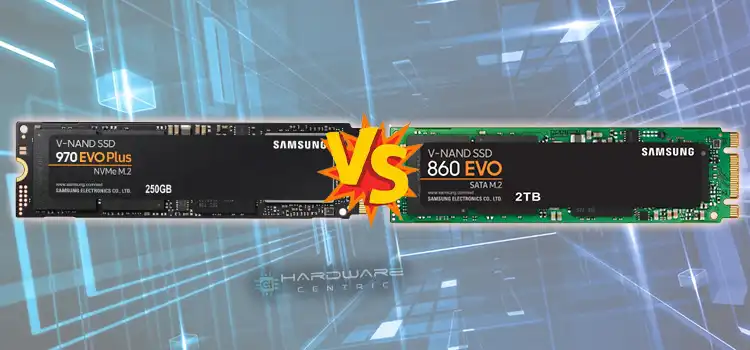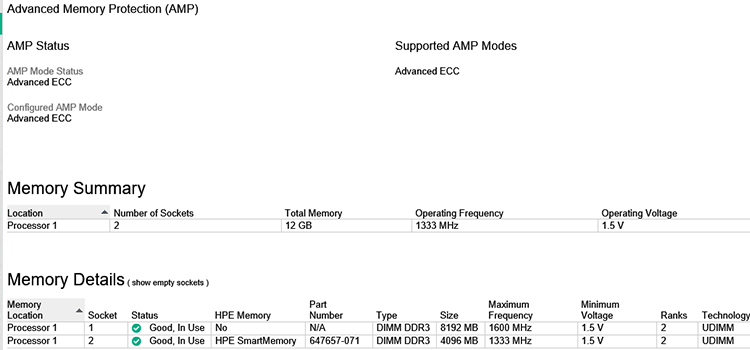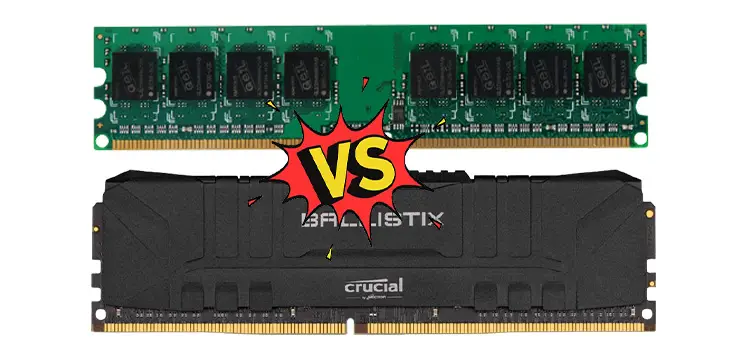1600 Mhz vs 2400 Mhz RAM | Can’t Multitasking Be Improved With 2400 Mhz RAM?
We have always wondered what difference does it make if we choose between 1600 and 2400 MHz rams? Or other questions may also appear like which one is perfect for me?
Well, the simplest answer is the 2400 MHz one. But to know why so, you should read this entire article. So, stick with it till the end.
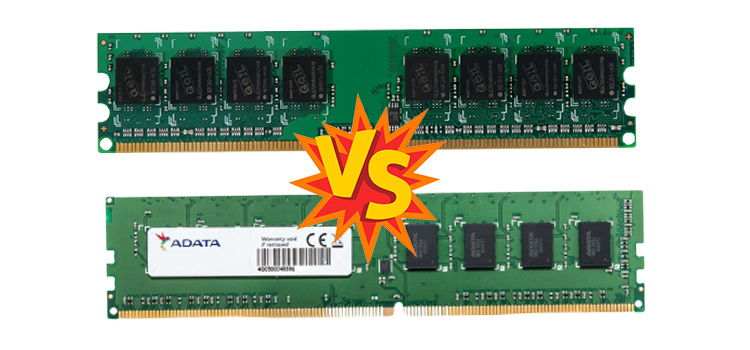
Differences Between 1600 Mhz and 2400 Mhz
For gaming, you’ll need at least 1600mhz of fast ram. It’s also true that 1366mhz works well. However, a 2400mhz will make a significant difference.
If you are a heavy user, you will be able to use browsers with 10–20 tabs open all the time, gaming at 1080p, running high-RAM programs, and, most importantly, multitask.
There is greater contrast in terms of architecture. The main differences that differentiate them mostly are their memory type and speed.
Memory Type
1600mhz is a higher-grade Double Data Rate 3rd or ddr3 ram type chip that outperforms 800mhz, 1066mhz, and 1366/1386mhz ddr3 RAM types.
While the 2400mhz is a higher-grade ddr4 than the DDR4 1800Mhz and the 2133Mhz, the 1800Mhz is a lower-grade ddr4.
Memory Speed
RAM is used by your CPU to store program data. It operates at a minimum of 2.5GHz. The clock speeds, measured in GHz or Mhz, define how many data pulse signals may be delivered in a second. A single signal can simply complete a task.
The CPU, on the other hand, runs at a faster rate than the RAMs specified. When data is needed, the CPU will have to slow down to the level of the RAM to keep working with it.
You may now see why a faster RAM is usually required before a faster CPU. The same is true here. Your 1600mhz processor is slower than the 2400mhz processor. Around a 50% slower rate.
Even though 1600mhz is fairly fast, this will affect data fetch while multitasking and reduce performance during high fps gaming at high resolutions.
1600 Mhz vs 2400 Mhz RAM – Gaming Perspective
We’ve frequently wondered if having more RAM helps when playing a game with obvious CPU efficiency difficulties. We’ve all been in this situation. From Crysis 3’s grasslands to Tomb Raider’s Shanty Town, our frame rates have dropped, CPU levels have risen, and GPUs have become dormant. It’s time to test if the RAM helps.
Tomb Raider; Ultimate Preset, 1080p, FXAA.
Location: Helicopter Pad overlooking Shanty Town during sunrise.
1600MHz = 67 FPS
2400MHz = 74 FPS
Crysis 3 ; Very High, FXAA, 1080p
Location: Welcome To The Jungle, overlooking minefield within the park.
1600MHz = 82 FPS
2400MHz = 86 FPS
Hitman Absolution; Ultra Preset, FXAA, 1080p
Benchmark Min fps.
1600MHz = 69 FPS
2400MHz = 76 FPS
Assassin’s Creed Unity ; Ultra, HBAO+, PCSS, 2MSAA, 2560 x 1080
Location: Random location overlooking a large group of people.
1600MHz = 56 FPS
2400MHz = 62 FPS
2400MHz = 62 FPS
From the aforementioned FPS information, you can easily notice that the faster RAM does result in some little minimum FPS improvements. Though it isn’t so significant, it’s considerable. That means 2400 Mhz proves itself more capable of providing better FPS than 1600.
Our Verdict
It’s clear by now that being the upgraded type of RAM and offering a better and faster speed, 2400 is a few steps ahead of 1600. Therefore, definitely multitasking can be better with 2400 Mhz RAM. So, needless to say, 2400 RAM is superior to 1600 RAM.
But the fact is 2,400Mhz or 2,666Mhz RAM won’t set you back much. Around 3,600Mhz, you’ll reach a point where the good value starts to dwindle. Kits with a faster turnaround time tend to be more expensive. This is a wise suggestion for you.
Frequently Asked Questions (FAQs)
Is 1600 MHz RAM fast enough?
Well, 1600 MHz is fine in terms of average tasking. You can smoothly run office programs, browse the internet, play average games, etc. But frankly speaking, it is not fast enough. According to this modern era, 1600 MHz is a considerably lower speed.
Is 2400 Mhz RAM slow for gaming?
Well, it depends on the games you play. Yet from the experience, 2400 MHz can be counted as an average frequency. It’s quite sufficient for the low and mid-end games, but can’t do much better in terms of most modern games unless the RAM capacity is higher.
Conclusion
To conclude, it can be said that a higher Mhz can higher your game speed but if you compare it with your cost then there is no actual need to buy 2400 MHz RAMs.
But if you think about the future then a 2400 MHz ram can become one of the most valuable gains. So think carefully and then decide which one you need.
Subscribe to our newsletter
& plug into
the world of PC Hardwares
